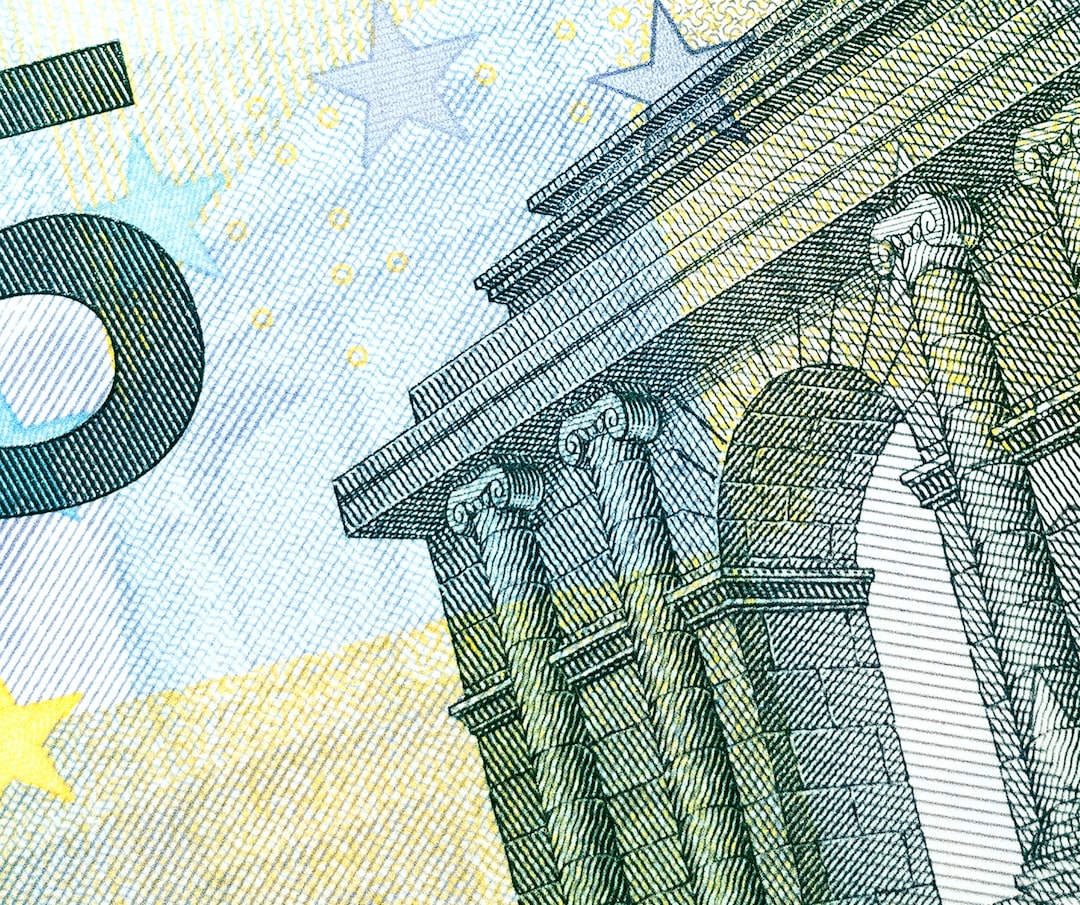Forex trading can be a lucrative and exciting investment opportunity, but for beginners, it can be intimidating and overwhelming. However, with the right knowledge and tools, anyone can learn how to start on forex and become a successful trader. Here are some steps you can take to begin your journey in forex trading.
1. Understand the Basics of Forex Trading
Before you start trading, it is important to understand the basics of forex trading. Forex, short for foreign exchange, is the buying and selling of currencies. The goal is to profit from the fluctuations in exchange rates between different currencies. Forex trading is done through a broker, who acts as an intermediary between you and the market.
The forex market operates 24 hours a day, five days a week, and is the largest financial market in the world, with over $5 trillion traded daily. The market is highly volatile and can be affected by a wide range of economic, political, and social factors.
2. Choose a Reliable Forex Broker
Choosing a reliable forex broker is crucial to your success in forex trading. A good broker should offer competitive spreads, low commissions, and a wide range of trading tools and platforms. They should also be regulated by a reputable financial authority, such as the Financial Conduct Authority (FCA) in the UK or the National Futures Association (NFA) in the US.
Before choosing a broker, do your research and read reviews from other traders. Look for brokers that offer demo accounts, which allow you to practice trading with virtual money before risking real money.
3. Learn the Trading Terminology
Forex trading has its own language, and it can be overwhelming for beginners. To start trading, you should learn the basic terms used in forex trading, such as:
– Pips: The smallest unit of price movement in a currency pair. Most currency pairs are quoted to four decimal places, so a pip is 0.0001.
– Currency Pairs: The two currencies that are being traded. For example, EUR/USD is the euro against the US dollar.
– Bid and Ask Price: The bid price is the price at which you can sell a currency pair, while the ask price is the price at which you can buy it.
– Spread: The difference between the bid and ask price.
4. Develop a Trading Strategy
To be successful in forex trading, you need to have a trading strategy. A trading strategy is a set of rules and guidelines that you follow when trading. Your strategy should include your risk management plan, entry and exit points, and your trading timeframe.
There are many trading strategies available, including technical analysis, fundamental analysis, and price action trading. You should choose a strategy that suits your trading style and personality.
5. Start with a Demo Account
Before risking real money, it is important to practice trading with a demo account. Most forex brokers offer demo accounts that allow you to trade with virtual money. This is a great way to test your trading strategy and get a feel for the market without risking your own money.
Use your demo account to practice your trading strategy, test different trading platforms, and get familiar with the trading tools available.
6. Start Trading with Real Money
Once you have practiced enough with your demo account, it is time to start trading with real money. However, it is important to start small and manage your risk. Never risk more than you can afford to lose, and always use stop-loss orders to limit your losses.
As you gain experience and confidence, you can increase your trading size and take more risks.
In conclusion, forex trading can be a profitable and exciting investment opportunity, but it requires knowledge, discipline, and practice. By understanding the basics of forex trading, choosing a reliable broker, learning the trading terminology, developing a trading strategy, practicing with a demo account, and starting small with real money, you can become a successful forex trader.





